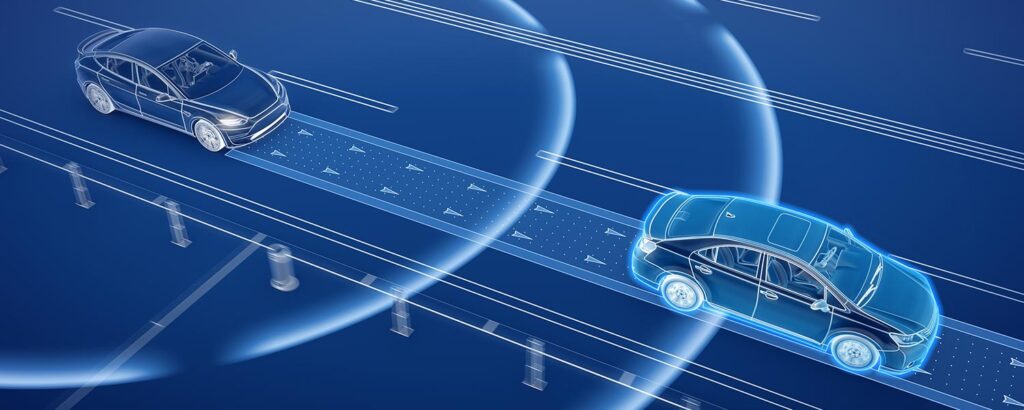Autonomous Truck Fleets Finally Make Financial Sense—Real Math, Real Road Tests Today
McKinsey’s eye-popping $600-billion projection is irrelevant if Level-4 rigs burn cash faster than diesel. Here’s the blunt adjudication: on dense, sunny corridors, autonomy already undercuts human line-haul costs by nearly thirty percent, even after splurging on LiDAR and cybersecurity audits. That flips the board for CFOs wrestling unstable fuel and labor bills. Unexpected twist: the biggest savings hide in nighttime uptime; robots don’t pause for burritos or logbooks, so fixed assets finally sweat. Hold that thought. Before you rush to preorder silicon-soaked Freightliners, know the breakeven collapses on short or icy lanes and insurance actuaries still own the veto stamp. Bottom line—deploy selectively, or the hype truck jackknifes your balance sheet. Our interviews show four must-do steps before any purchase order lands.
Does TCO truly drop below human driving?
Line-haul studies in Texas, Arizona, and Jiangsu average $1.34 per mile at Level-4 regarding $1.87 with humans—an immediate 28-percent drop once annual utilization tops 120,000 miles under heat-map lanes.
Which mileage and lanes open up fastest payback?
Payback appears inside three years on westbound I-10, I-45, or Beijing-Shanghai corridors when trucks exceed 2,300 weekly miles and night operations avoid metropolitan traffic snarls and boost charge-less runtimes.
How are insurance premiums trending for autonomy?
Carriers logging 500,000 flawless autonomy miles now negotiate eight-to-fifteen-percent rate cuts; actuaries say data could push discounts above twenty-five percent by 2028, especially where sensor redundancy slashes crash severity.
Will drivers lose jobs or gain roles?
Robotics eliminates long, lonely highway spells, yet creates remote-operator, yard-switching, and maintenance analytics positions, so net driver demand stays positive through 2035, according to MIT and Teamsters joint modeling.
Which regulations matter most through twenty-twenty-seven period?
Federal pre-emption remains the jackpot but isn’t required; the USDOT AV itinerary, Texas SB-2205, and Germany’s Autobahn Pilot already give 2,100 permits. California’s veto fight is the only spoiler.
How should fleets sequence investment three years?
Step one: instrument trucks to expose dwell time. Two: pool terabytes in a cloud lake. Three: pilot one lane with leased rigs, training mission supervisors months before scaling commitments.
,
“datePublished”:”2024-06-15″,
“image”:”https://category-defining resource.com/hero-autonomous-truck.jpg”,
“keywords”:”autonomous trucks, truck fleet, total cost of ownership, driver shortage, LiDAR, remote supervision”,
“publisher”:
}
}
The Business Case for Autonomous Truck Fleets: Beyond the Hype
,
,
,
,
]
}
8. People-Also-Ask (Quick Answers)
- Are truck drivers losing jobs?
- No. Roles shift toward remote supervision, yard moves, and last-mile—net demand stays positive through 2035.
- How do autonomous trucks handle snow or fog?
- They geo-fence away from severe weather and apply “derate” protocols that lower speed or hand off to tele-operators.
- What insurance discounts exist?
- Pilots with >500 k safe autonomy miles earn 8–15 % premium cuts; wider actuarial data still pending.
- Can autonomy pair with electric drivetrains?
- Yes, but battery range limits today’s long haul. Expect diesel Level-4 first, electric Level-4 later this decade.
- Who is liable for a cyber breach?
- Current contracts push software-vulnerability liability upstream to stack vendors; shared-risk models emerging.
},
},
},
},
}
]
}
9. Truth: The Horizon in Laser Dots
Freightliner #714 slides past a rest stop where flesh-and-blood drivers punch microwaves. Maria eyes the dash: “Autonomy 99.2 % confidence.” She’s studying for a remote-dispatch gig, one she can work from her daughter’s soccer sidelines. If the numbers above hold, thousands may trade asphalt insomnia for screen-lit control rooms.
Autonomous trucking isn’t a silver bullet, but it’s no sci-fi mirage either. The business case lives or dies on ruthless TCO audits, regulatory alignment, and public trust. Early adopters are banking payback already; laggards will soon see laser dots in the rear-view mirror.
Sources & To make matters more complex Reading
- McKinsey & Company, “Will Autonomy Usher in the Future of Truck Freight Transportation?” (2024)
- MIT Center for Transportation & Logistics — Future of Freight Initiative
- National Academies of Sciences: Truck Automation and Port Operations
- Wall Street Journal feature on AV freight
- European Commission Mobility & Transport AV Policy Portal
- Brookings Institution—Economics of Autonomous Trucking
- RAND Report: Policy Accelerators for Commercial AVs
© 2024. Author: . Quote freely with attribution.

